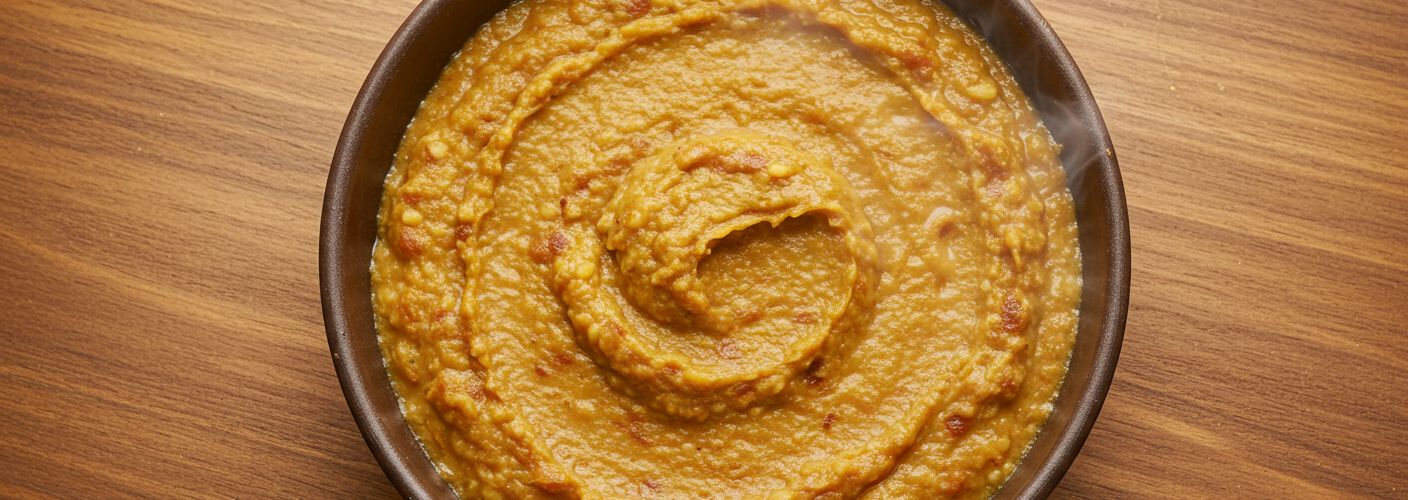Haleem is more than just a dish; it’s a rich tapestry of flavors and tradition that symbolizes warmth and community. Originating from the Middle East, this beloved culinary creation has found its way into the hearts and homes of many, especially in South Asia. Known for its hearty and comforting nature, Haleem is a slow-cooked delight made from a blend of meat, lentils, spices, barley, and wheat. Its paste-like consistency is not only satisfying but also a showcase of culinary skill and patience.
The Essence of Haleem
At the core of Haleem is its slow cooking process, which is essential for achieving its characteristic texture and depth of flavor. The journey begins with quality grains and lentils, which can vary based on regional traditions and personal family recipes. A combination of wheat, barley, and various lentils creates a nutritious foundation. These ingredients are then mixed with succulent pieces of meat, typically beef or chicken, which absorb the aromatic spices during the cooking process.
The spices used in Haleem are crucial to its authentic flavor. A blend of cumin, coriander, garam masala, and sometimes even a hint of saffron and nutmeg infuses the dish with warmth and complexity. Each family may have their own secret spice mix that adds a personal touch to their Haleem, making it a centerpiece for gatherings and celebrations.
Cooking the Perfect Haleem
The traditional preparation of Haleem can take several hours, often necessitating a whole day of patience and care. The longer it cooks, the better the flavors meld together, creating a comforting paste-like consistency that is both rich and velvety. Cooking Haleem is a labor of love; it often involves stirring and monitoring the pot closely to ensure that nothing burns or sticks.
Modern adaptations may see some cooks opting for pressure cookers or slow cookers to cut down on time, but the authentic method still holds a special place in many kitchens. It’s not uncommon for families to come together, especially during Ramadan, to prepare this beloved dish, making it a communal activity filled with laughter and shared stories.
Serving Haleem: A Feast for the Senses
Haleem is typically served hot, garnished with fried onions, fresh coriander, and a squeeze of lime. The aroma wafting from the pot can be intoxicating, drawing loved ones to the table. It’s often complemented with naan or parathas, making it a fulfilling meal that warms both the body and the soul.
In many cultures, Haleem is not just a meal; it’s a symbol of generosity. It’s commonly prepared in large quantities to share with neighbors and friends, embodying the spirit of community and togetherness. During the holy month of Ramadan, it becomes a staple for breaking fast, appreciated for its hearty nature and nutritional value.
Conclusion
Haleem stands out as a dish that transcends mere sustenance. Its intricate preparation process and the array of flavors make it a culinary masterpiece that tells a story of culture, tradition, and togetherness. Whether enjoyed during special occasions or as a comforting meal on a chilly day, Haleem ensures that every bite captures the essence of love and heritage, inviting all to partake in its delicious legacy.




Add comment